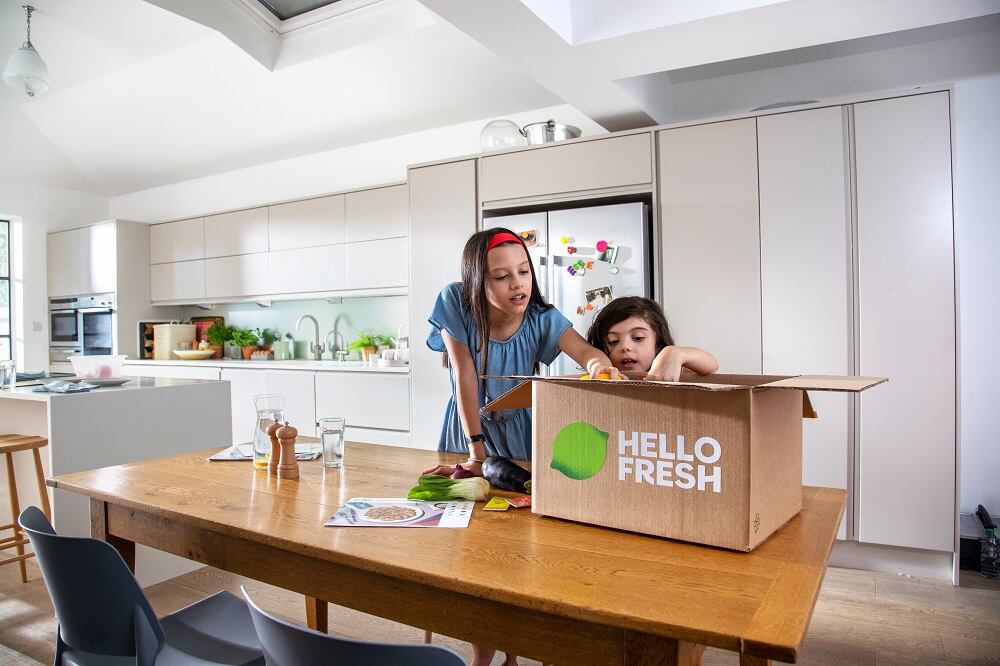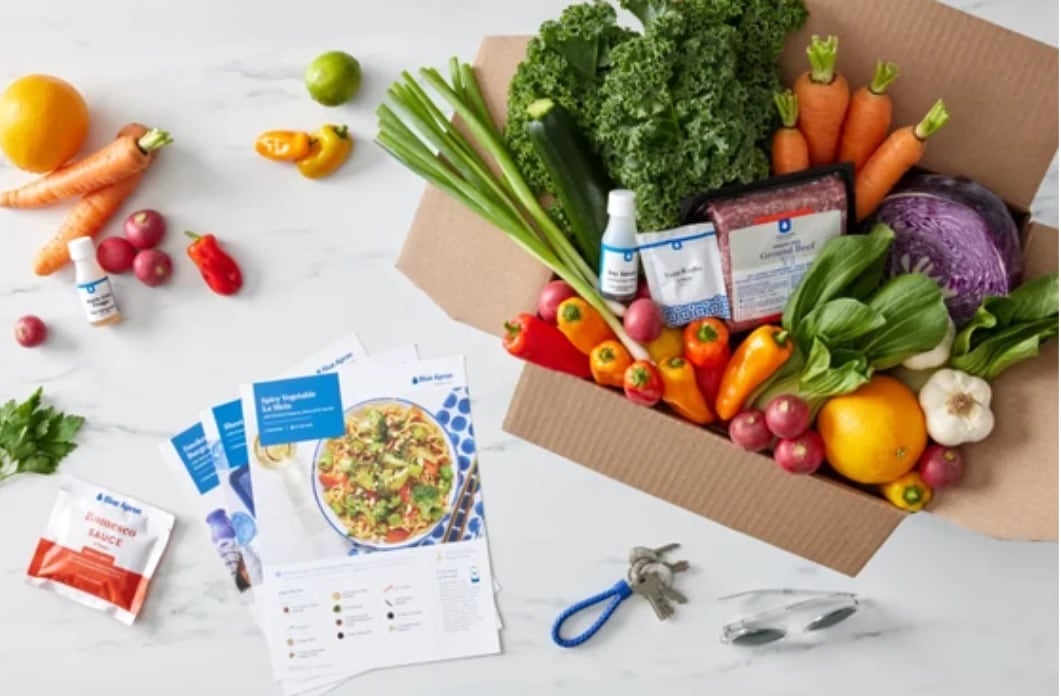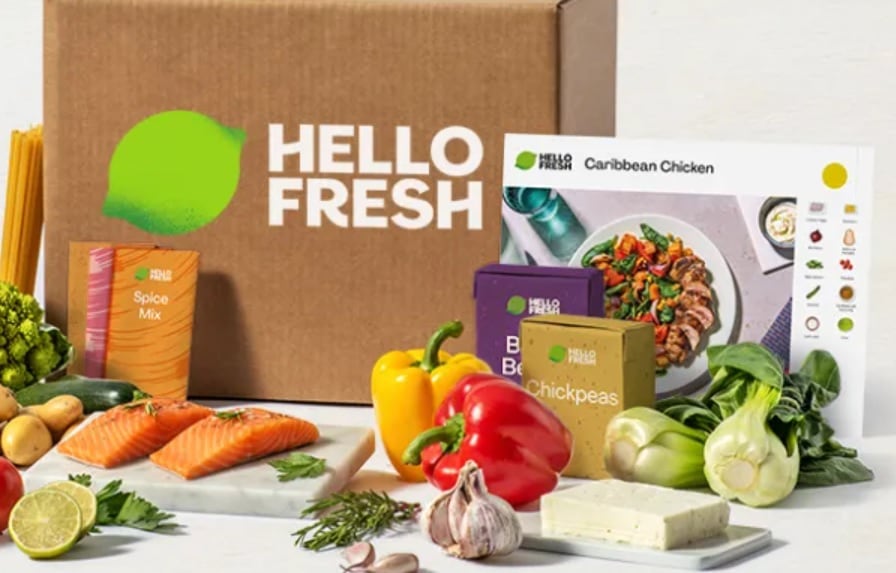In the company’s second quarter ending June 30, its active customers fell 8.7% as did its number of orders by 7%, but this was offset by an 8% uptick in the average order value and continued strong average order rates close to record levels of 4.1 orders per customer per quarter, the company reported yesterday.
Notably, the company also hit its highest ever quarterly adjusted AEBITDA of €192 million at a margin of about 10% , which CEO Dominik Richter told investment analysts on Aug. 10 were due in part to “very strong operational efficiencies on both procurement and fulfillment expenses which drove a very substantial contribution margin uplift by about three points to 28.4%” – a contribution that “is very reminiscent of some of the contribution margins that we’ve actually seen pre-COVID or in the early days of COVID.”
Investments in AI and machine learning are paying off
These gains are due in part to the company’s aggressive adoption and strategic use of artificial intelligence and machine learning, which Richter acknowledged as been a “transition,” but which he says gives him confidence in Hello Fresh’s ability to deliver strong results in the back half of the year and hit constant currency growth of 2% to 8%.
“For the last six years, we’ve been investing into establishing artificial intelligence and machine learning as key components of our technology platforms. Many use cases are live and providing real monetary benefits. And now we have a group of about 70 data scientists and machine learning engineers who work exclusively on training, refining and deploying around 1,500 models per week across a multitude of different uses cases all along the HelloFresh value chain,” he said.
He explained that most of the models are powered by the company’s proprietary datasets, such as customer order patterns, meal preferences, menu browsing behavior and other customer preference training sets.
“Examples of AI/ML driving apps that we are using daily in our operations include, for example, menu creation algorithms, new real term customer lifetime modeling, incentive individualization, customer service automation, or the load balancing of picks along our picking line in near real time,” he said.
Adoption of generative AI offers opportunity across P&L
While most of the company’s efforts so far rely on predictive AI, Richter said the company is exploring generative AI uses across its P&L line items.
“For example, on the revenue side, we’ve seen good initial results to better leverage AI to understand fraudulent customer behavior, and better crack down on it and actually identify that earlier and be more efficient in turning these customers away,” he said.
He also sees significant potential in marketing, such s creative asset generation, including simple copy writing and image and video generation, which currently is done by “many talented people inside of HelloFresh at agencies.” While he didn’t say whether AI would replace some of these jobs, he reiterated several times that he believes generative AI can “play a big role in the midterm.”
HelloFresh also sees potential for AI to streamline and adjust packing in response to real-time weather data and forecasts to potentially reduce packaging, “which benefits the environment and helps us save on cost plus provides a better user experience,” Richter said.
Temporary pull-back on market reinforces strong margins
The company’s strong margins in the face of declining customers and orders is also due in part to it pulling back on marketing temporarily to account for “a softer consumer environment, elevated travel levels and anticipated improvements in our unit economics into the second half the year,” Richter said.
This decision will allow HelloFresh to potentially invest more heavily in marketing in the back half of the year, such as in the fall around back to school.




